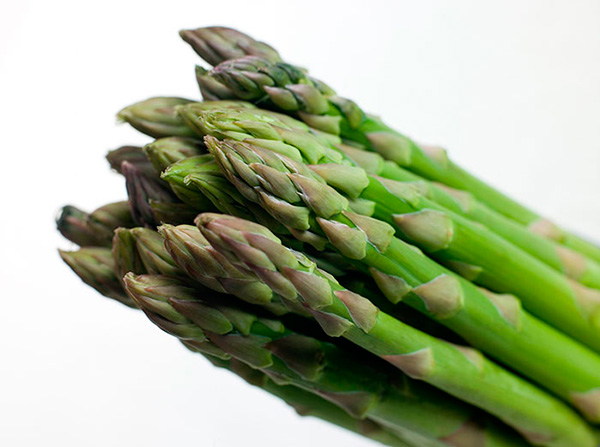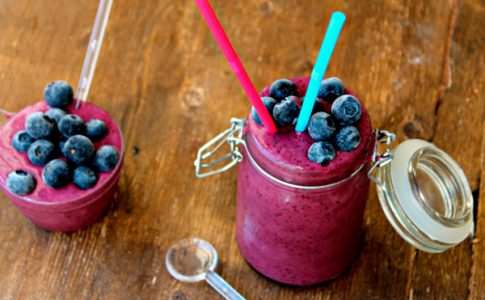Seasonal vegetables are essential for our bodies as they provide essential vitamins and minerals that our body needs during the changing seasons. As the temperatures change our bodies need different nutrients to help us cope with the heat of the summer or the cold of winter. Do you know which vegetables are more popular in the different seasons?
Because of the wide variety of supermarkets, it’s difficult to know which products are typical of each season. Vegetables come from different parts of the world and therefore throughout the whole year, we have a wide range of fruit and veg on offer regardless if it’s the correct season for them.
Although, the majority of time, vegetables are available throughout the year and are tasty during all seasons, spring is the season that introduces us to a wider variety of veg. This is because during the months of March, April, May and June the production of vegetables is greater as the climate is more suitable. But what kind of vegetables can you find in this season?

Artichoke
Artichokes have a high fibre content, potassium, calcium, iron, phosphorus and other essential minerals, these vegetables are full of pretty much everything. Specifically, they have been associated with promoting liver health, which is beneficial for people who suffer from liver problems or who drink excessive alcohol. Studies have shown that artichokes prevent arteriosclerosis, gout, and migraine headaches. In addition, artichokes are thought to lower blood sugar levels, and improve digestion. Artichokes are an all round great vegetable to eat during the spring months.
Asparagus
The peak season for asparagus is considered to run from April to May. These spring vegetables are easy to prepare and you can cook them in a variety of ways such as steamed, grilled or oven roasted…the possibilities are endless! Asparagus contains a huge amount of vitamin K and surpasses the recommended daily amount. Along with containing vitamin K, which is important for bone health, they also contain folate, which helps maintain a healthy cardiovascular system and is recommended during pregnancy.

Mustard greens
Great for adding a little flavor into your salad or as a side dish, mustard greens are full of vitamin K, A and C. The season for mustard greens runs to the end of April and are full of vitamins and minerals. Vitamins K, A and C join together to fight free radicals and protect the body against the types of cell damage that could leave it susceptible to health conditions. Mustard greens also contain numerous nutrients that can contribute to a healthy cardiovascular system, including beta-carotene, vitamin B6, folic acid and magnesium. Mustard greens can also provide a calcium to boost bone strength and may also help to relieve some of the symptoms of menopause, including hot flushes.
Fennel
You are most likely to only find fennel in the spring. It has a unique licorice-like flavouring and contains a unique blend of phytonutrients – including the flavonoids rutin, quercitin. These components make fennel an important antioxidant. Specifically, these compounds are thought to reduce inflammation and reduce the risk of cancer, and when combined with fibre, (which is also present in fennel,) can help eliminate potentially carcinogenic toxins from the colon which makes a better digestive system.

Watercress
For a long time, watercress has been used to treat everything from coughs and colds to diabetes and anaemia. After studies and research, we now know that watercress is an excellent source of beta-carotene, vitamins A, B1 and B6, C, E and K and also contains abundant iodine, iron, calcium, magnesium and zinc. In addition, it also contains a flavonoid called quercetin that is thought to reduce inflammation and serve as a natural anti-histamine. A lot of stuff pack into those tiny leaves!





No comments